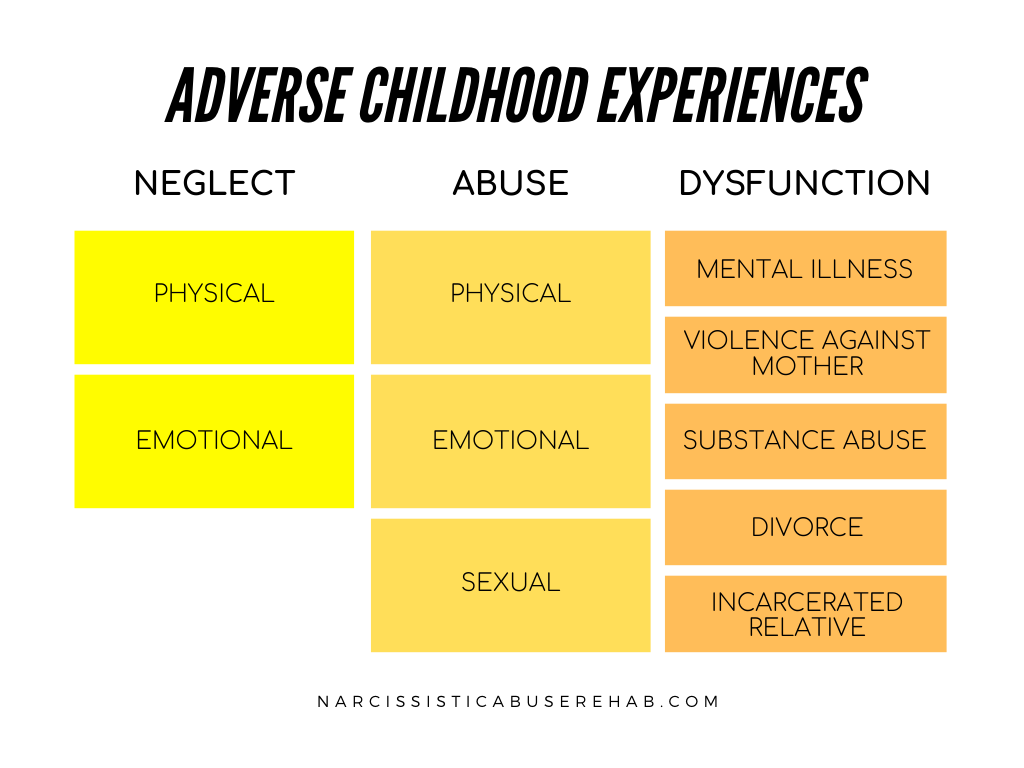THE FALSE SELF IS A FAKE PERSONA dysfunctional people invent as a psychological defense mechanism against re-living adverse childhood experiences (ACEs), such as traumatic stress.
A child’s construction of a false self is an adaptive process. Children may develop it to cope with unmet needs, especially the absence of support the child requires to differentiate themselves from their caregivers.
When a child is unable to successfully evolve as a separate individual, a profound wounding occurs. It is this wounding that severs the child from who they really are, causing their true self to retreat into the mist of toxic shame.
Enter the false self
Once the child’s damaged true self is subverted, the false self is developed as a protective fortification. It is the psychological armor the child creates to survive in an oppressive climate of family dysfunction.
The false self is a façade that disguises a vacant, inert, embryonic true self. The true self becomes an unrealized seed with its innate ability to develop roots and nourish the spirit with a rich emotional life unrealized.
Because the disconnected false persona is bankrupt of constructive emotions, it is unable to experience or genuinely express love, trust, or empathy – making it impossible to establish authentic bonds with others. Instead, the counterfeit self relies on subterfuge and predation, mentally spinning deceptive webs to capture its sustenance.
Over time, the false self becomes a prison where the child’s true self is held hostage.

The false self and pathological narcissism
Pathological narcissism is a traumatic stress response that manifests as ego distortion. It is the invention of a fake persona as a coping mechanism for abysmally low self-esteem.
The child’s deformed ego may present as collapsed or inflated. It may vascillate between these two states depending on circumstances.
Narcissism as ego collapse: I am unwanted
The child who develops a collapsed false self learns to obtain the conditional love of their caregiver(s) through compliance and submission. Pleasing their caregiver(s) keeps them safe from harm and so their best defense is to be infinitely agreeable.
To survive in the dysfunctional family they must show up as vulnerable, weak, and co-dependent. They are only acceptable if their ego is collapsed.
Narcissism as ego inflation: I am perfect
Sometimes children react to their caregiver(s) conditional love, neglect, and/or abuse by withdrawing.
Instead of collapsing into compliance, they balloon with contempt. In other words, the child adapts by concocting a counter-dependent false self with a glaringly inflated ego.
Both the inflated and collapsed egos remain undifferentiated, having internalized a tyrannical inner judge that is a facsimile of all the worst elements of their rejecting caregiver(s). Both ego structures are slaves to repetition compulsion in their adult lives.
The false self and addiction
Because the counterfeit self is emotionally isolated from the true self, it is also cut off from meaningful, authentic connection with others.
No matter how masterful it may be in its manipulations, the false self is a solitary figure. The consequence of this disconnected existence is that the false persona is prone to binging on poor substitutes for unconditional love and acceptance i.e. alcohol, narcotics, sex, gambling, work, gaming, adulation, people, etc.
Freedom from the false self
Only an apocalyptic psychological event can shatter the cruel defensive armor of the false self which is every bit as oppressive as it is protective. To relinquish it is to experience the sum of all fears: ego death and the resurrection of the true self.
Bibliography
- “InBrief: The Impact of Early Adversity on Children’s Development.” Center on the Developing Child at Harvard University. Accessed April 27, 2020.
- “What Are ACEs? And How Do They Relate to Toxic Stress?” Center on the Developing Child at Harvard University. Accessed April 26, 2020.
- A., Van der Kolk Bessel, Alexander C. McFarlane, and Lars Weisaeth. Traumatic Stress: the Effects of Overwhelming Experience on Mind, Body, and Society. New York: Guilford Press, 2007.
- “What Is Traumatic Stress?” ISTSS. International Society for Traumatic Stress Studies. Accessed April 27, 2020.
- Gaba, Sherry. “Toxic Shame.” Psychology Today. Sussex Publishers, October 8, 2019.
- Freud, Sigmund. On Narcissism (1914). Narcissistic Abuse Rehab, 2020. Accessed March 22, 2020.
- Kohut, Heinz. Forms and Transformation of Narcissism. Narcissistic Abuse Rehab, 2020. Accessed March 22, 2020.
- Winnicott, D.W. The Maturational Processes and the Facilitating Environment: Studies in the Theory of Emotional Development. International Universities Press. 1965.
- “Brown University.” Dysfunctional Family Relationships.” Counseling and Psychological Services (CAPS). Brown University. Accessed April 27, 2020.
- Gilligan, J. Shame, Guilt, and Violence. Narcissistic Abuse Rehab, 2021.
- Ausubel, David Paul. Ego Development and Psychopathology. Routledge, 2018.
- Cascio, C. N., Konrath, S. H., & Falk, E. B. (2015). “Narcissists Pain Only Seen In The Brain.” Social cognitive and affective neuroscience, 10 (3), 335–341.
- Esposito, Linda. “Why Do We Repeat the Past in Our Relationships?” Psychology Today. Sussex Publishers, March 22, 2016.

